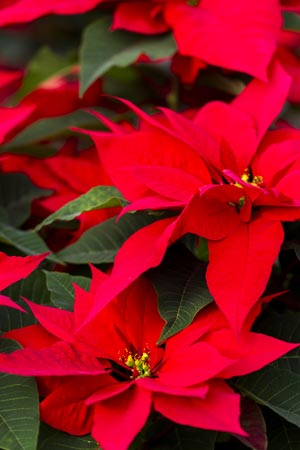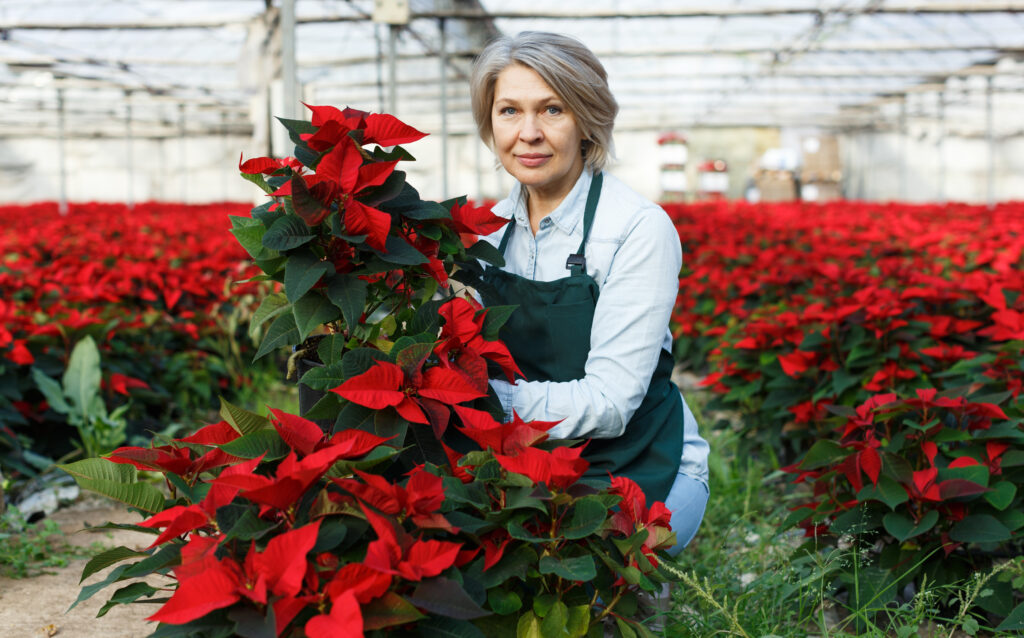Unveiling Poinsettia Deficiencies: Nurturing Holiday Elegance
Welcome to the world of poinsettias! These festive beauties are a holiday favourite, but they need the right nutrients to look their best.
Planting Tips for Healthy Poinsettias
Getting Started
Start with strong, healthy plants from a trusted source and plant them in well-aerated media. Ensure they get plenty of indirect sunlight and keep them at a comfortable temperature, between 10-25°C, and water consistently.
Identifying Common Deficiencies
Calcium Issues
Noticing marginal leaf or bract browning? This could be a calcium deficiency, often caused by poor water uptake. It most commonly presents in younger leaves, making them curl. To fix this, make sure your plants are getting enough calcium and that environmental conditions are encouraging good water uptake. If temperature and humidity conditions are uncontrollable, a foliar calcium spray may be required.

Download Our Full Poinsettia Crop Program
Magnesium Matters
Yellowing between the veins of lower leaves? This might be a magnesium deficiency, which often appears in November. Monthly applications of magnesium sulfate can help keep your foliage green and vibrant.
Molybdenum Maintenance
Molybdenum deficiency can cause yellowing and browning of recently mature and middle-age leaf edges. Keep the soil pH levels in check and consider foliar sprays to address this issue. Staying proactive is key to healthy poinsettias.
Boosting Growth with Plant Prod’s 18-6-20 Poinsettia Plus
Nutrient Boost
Check out Plant Prod’s 18-6-20 Poinsettia Plus fertilizer. It’s packed with essential nutrients like magnesium and molybdenum to keep your plants thriving. Pair it with 15-0-15 for a complete nutrition program, tackling deficiencies and promoting strong growth. With Plant-Prod, your poinsettias will shine all season long.

For more detailed guidance, check out our Poinsettia Growing Program
